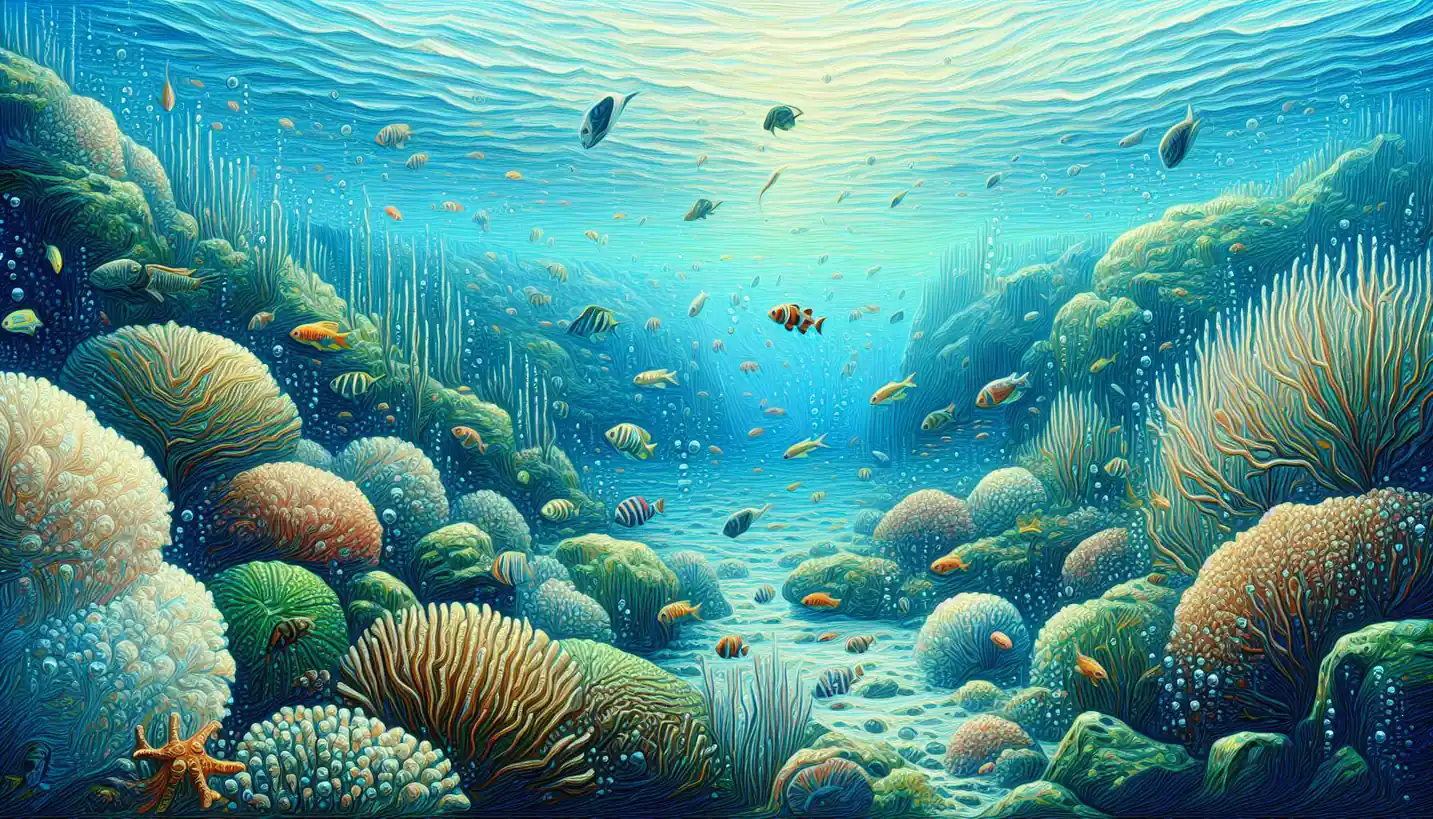· Biology · 4 min read
Enceladus: Unlocking Secrets of Life Beyond Earth
Explore Enceladus, Saturn's icy moon, as it unveils mysteries about life beyond Earth. Could its water plumes hold the answer to extraterrestrial existence?

When we gaze at the night sky, it’s easy to lose ourselves in the wonders of the universe. One tiny, but immensely intriguing place capturing scientists’ attention is Enceladus, a moon of Saturn. Enceladus might be small, only about 500 kilometers in diameter, but it holds secrets that could answer one of humanity’s biggest questions: Are we alone in the universe?
The Mysterious World of Enceladus
Enceladus is like a cosmic snowball, covered in a thick layer of ice. What makes this moon particularly fascinating, though, is what’s beneath that icy surface. Thanks to the Cassini spacecraft, which spent over a decade studying Saturn and its moons, we discovered something astonishing. Geysers of water vapor and ice particles are shooting out from Enceladus’s south pole, creating a mesmerizing plume that extends into space. Scientists think these geysers come from an ocean hidden beneath the ice.
An Ocean of Possibilities
This underground ocean is a real game-changer for astrobiology, the study of life beyond Earth. Why? Because water, as we know, is essential for life. Here on Earth, wherever there’s water, there’s life — from the tiniest microbes in hot springs to colorful fish in deep ocean trenches. Enceladus’s ocean could possibly harbor life too, tucked away from the harshness of space.
Ingredients for Life
We know Enceladus has water, but is that enough for life to thrive? Not quite. Life, as we understand it, requires more than just H2O. It needs a bit of chemistry magic — the right mix of elements like carbon, hydrogen, nitrogen, oxygen, phosphorus, and sulfur. These ingredients are often found in organic compounds, which are the building blocks of life.
Here’s the exciting part: Cassini’s flybys through the watery plumes have detected organic molecules, including hydrogen. This hydrogen could be a potential energy source for life, possibly similar to some organisms found in Earth’s deep oceans, thriving near hydrothermal vents. These findings suggest that Enceladus has several key ingredients for life.
Enceladus and Earth’s Deep-Sea Vents
Let’s dive into a metaphor that makes Enceladus’s potential clearer. Imagine Earth’s deep seas. At the bottom, where sunlight never reaches, life thrives around hydrothermal vents. These vents release hot, mineral-rich water, providing a cozy environment for all sorts of creatures. Similarly, if Enceladus has hydrothermal activity beneath its icy crust, it could create a hospitable environment for life.
The Quest to Find Life
Scientists are eager to learn more. Enceladus has become a top target for future space missions. But how do we go about this? Future missions might include orbiters or landers designed to study the icy surface and sample the plumes more closely, looking for signs of life or even actual microorganisms.
This exploration is like opening a book of detective stories, each page filled with clues about what Enceladus might hide in its oceanic depths. While we’ve uncovered some tantalizing hints, the full story remains a mystery.
The Importance of Enceladus
Why is this icy moon so important? Enceladus challenges our understanding of where life can exist. If life is found beneath its surface, it would show that life can emerge in places very different from Earth. It would mean that our planet isn’t unique in its ability to nurture life, broadening the possibilities for discovering life elsewhere in the universe.
Future Prospects in Astrobiology
Looking into the future, the field of astrobiology is buzzing with excitement. Enceladus offers a unique opportunity to advance our knowledge and potentially find extraterrestrial life. Such discoveries could spark new questions, leading to even greater scientific breakthroughs.
What might life on Enceladus look like? Could it change our understanding of biology? These are questions that drive scientists and capture the imagination of anyone interested in the possibility of life beyond Earth.
Conclusion
Enceladus is not just another moon; it’s a key to unraveling the mysteries of life beyond our planet. With its underground ocean and the essential ingredients for life, Enceladus stands out as one of the most promising places in our solar system to search for extraterrestrial life. As technology advances, the possibility of exploring Enceladus more thoroughly becomes ever more real. Who knows what fascinating discoveries await us in the icy depths of this tiny moon of Saturn? The quest to find out is a journey worth following.


